 AB Design
AB Design
 AB Design
AB Design
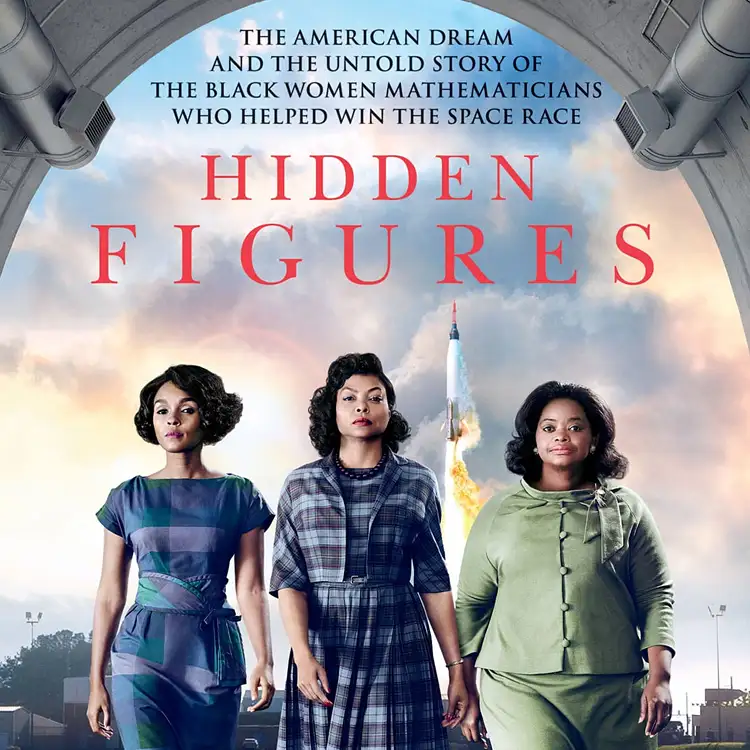
This article was inspired by Hidden Figures, an Oscar-nominated movie that told the story of African-American women who worked at NASA during the early 1960s. These women were employed as mathematicians, engineers and physicists, and contributed valuable but little-known input to NASA's space program.
But is the movie accurate, and are the women's achievements as significant as portrayed? And did the movie overlook other, similar women who contributed just as much, or perhaps even more?
Contents
Katherine Johnson
Annie Easley
The Space Race began in 1957 when the former Soviet Union launched Sputnik, the world's first artificial satellite. The USA responded the following year by creating NASA, the Space Task Group and Project Mercury, the initial goal of which was to put a man into orbital flight.
It's at this point that the movie Hidden Figures starts. A car has broken down while en route to NASA's Langley Research Center in Hampton, Virginia. The occupants, a trio of African-American women, are busily trying to get it started. Thankfully a police officer arrives and escorts the ladies to their destination. One of these women is a mathematician named Katherine Johnson.
A bit of Hollywood farce ensues. Due to racial segregation, Katherine can't use the bathroom next to her office as it's for white women only. Net result: she's absent from her desk for long periods of time because the nearest "colored" bathroom is about half a mile away. When her boss learns of this injustice, he pulls out a crowbar and smashes down the Whites Only sign.
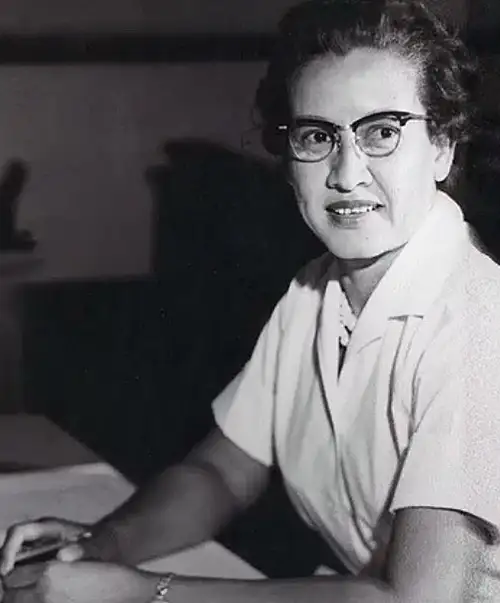
The highlight of Katherine's role in the movie comes on February 20 1962 as astronaut John Glenn is preparing to blast off on his Mercury Atlas flight, MA-6. But just as he's about to go, doubts kick in. Is the flight trajectory correct? Can John Glenn and Mission Control trust the IBM computer that's done the calculations?
Glenn decides he needs reassurance. He tells Mission Control he wants Katherine Johnson to re-confirm his flight plan. She promptly does the math and reports back that everything is okay. Satisfied, John Glenn boards his space capsule and waits for the final countdown.
Despite a few deviations between the movie and its source material, this story is taken at face value and documented in numerous reputable sources. But is it actually true? If it is, why didn't Glenn ask Johnson to perform a similar check during his previous, aborted launch attempt on January 27? Why had no one heard this story until Katherine Johnson told it? And why did she only start telling it when she was more than 90 years old? John Glenn, for example, never told a similar story.
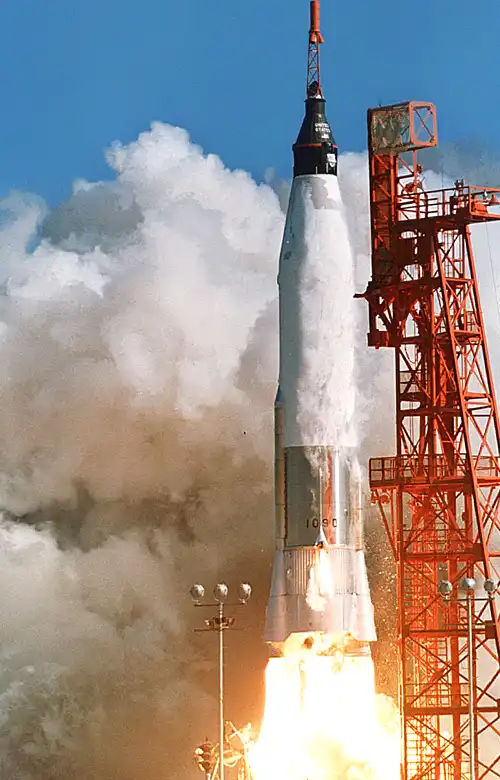
So what do experts think? Does this story hold up to scrutiny? According to NASA engineers who worked at the Space Task Group and were involved with Project Mercury, no.
In August 2023 a website critiquing Hidden Figures and Katherine Johnson's achievements was put online. The site's centerpiece is a 71-page PDF packed with technical detail and first-hand knowledge. Contributors include Harold D. Beck, who joined the Space Task Group in 1960 and was friends with Katherine Johnson, and Ken A. Young, an engineer who joined the Space Task Group in 1962, soon after it had transferred from Langley to Houston.
Harold Beck kicks off his critique by saying he and Katherine became close friends at NASA. He complements her fine work, drawing attention to her dedication and how she overcame "harsh racial and gender barriers". He then examines the book that Hidden Figures is based on (which also happens to be called Hidden Figures), and notes the many historical problems.
Soon after the publication of Hidden Figures, I began researching the claims in the book. In the process, I evaluated many articles, award presentations, biographies, and of course, Hidden Figures. In the book I found that despite extensive research, there were numerous inaccuracies and exaggerations relative to Katherine Johnson's contributions to early manned spaceflight.
Harold D. Beck
The Portrayal of Early Manned Spaceflight in Hidden Figures: a Critique, p. 6
Ken Young's analysis of Katherine Johnson is detailed, technical and forthright. He goes through the book (which he describes as resembling a work of fiction), picking out a string of errors.
The John Glenn story is unverifiable and frankly unbelievable to the engineers who actually computed and checked and double-checked all the calculations. Katherine Johnson could NOT have checked the numbers – it was literally impossible. The flight plan for MA-6 used computations far beyond the capabilities of a Friden calculator.
Ken A. Young
The Portrayal of Early Manned Spaceflight in Hidden Figures: a Critique, p. 31
Shown below is another talented African-American woman, Annie Easley. For 34 years – from 1955 to 1989 – she worked at NASA's Lewis Research Center (now known as Glenn Research Center) in Cleveland, Ohio. Like Katherine Johnson, Annie began her NASA career as a mathematician.
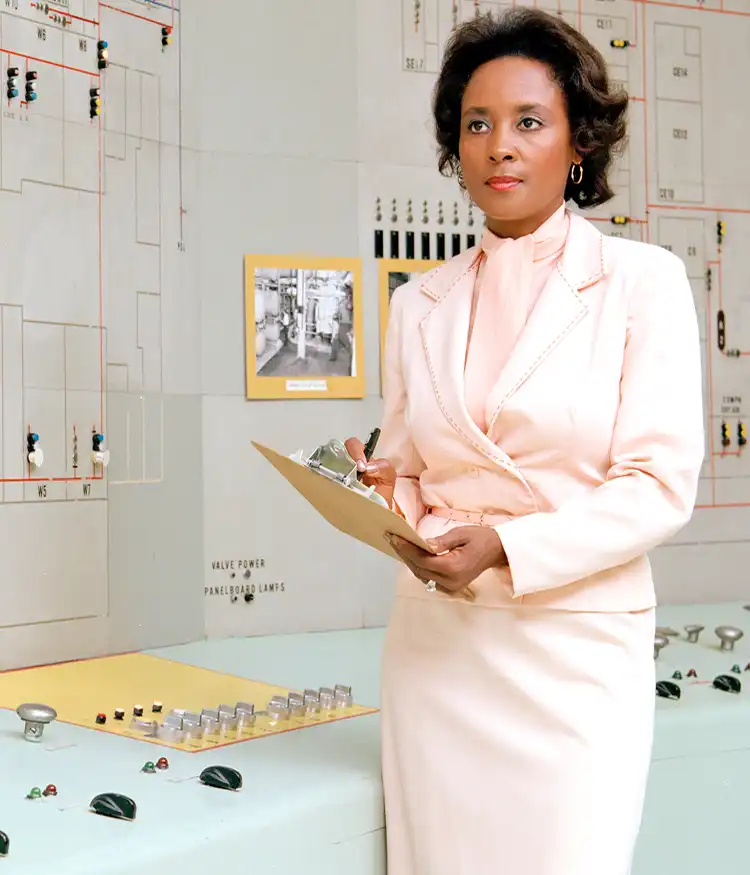
But as IBM computers began to play an increasingly central role in NASA's operations, Annie learned how to code and graduated from being a mathematician to an adept computer programmer. She contributed these skills to NASA's Centaur project, an initiative that involved developing the upper stage of powerful Atlas-Centaur rockets. During the mid 1960s, NASA needed these rockets as launch vehicles for its Surveyor program.
Whatever Annie's input to the Centaur project was, it worked. All 7 Surveyor missions launched successfully from Cape Canaveral (the first launch was in May 1966), and all but 2 of the probes touched down on the lunar surface as expected. According to NASA, Annie and her team flew down to the Cape to watch some of these Atlas-Centaur launches.
I work in the Energy Directorate, which is responsible for energy research. We are looking for alternative systems to solve some of our current energy problems. If I am able to make a contribution – not just to NASA, but to all people – then my work will have had a special significance.
Annie Easley
Science and Engineering Newsletter, 1982
Much of Annie's later career was devoted to energy management and hybrid energy research. She was involved in the Wind Energy Program, for example, an alternative energy project managed by NASA's Lewis Research Center and the US Department of Energy.
The program oversaw the construction and testing of a wind-powered generator in Clayton, New Mexico. When it became operational in 1978, it was the first wind generator in the US to provide a regular supply of electricity to a commercial utility. The photo shows the turbine just prior to final assembly – probably sometime around Autumn 1977.
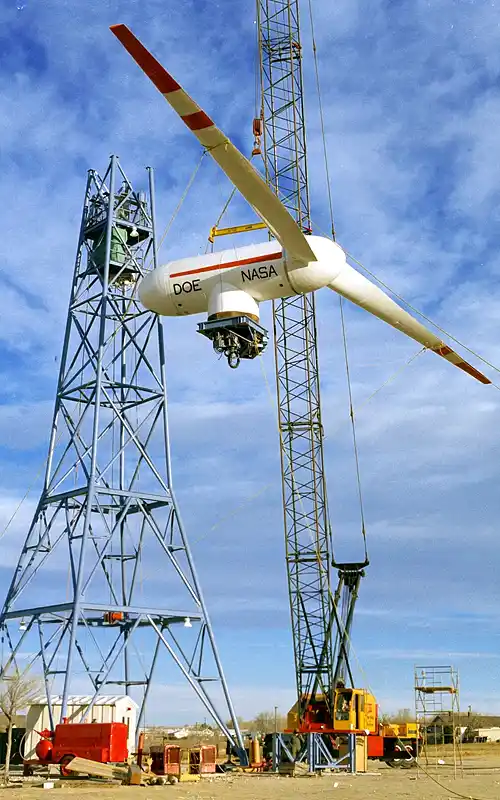
Annie's team also experimented with solar power. A few months after the wind turbine in Clayton entered service, engineers from Lewis Research Center installed a solar energy system at the tiny settlement of Schuchuli in Arizona, making it the world's first solar-powered village.
The village, which is home to Papago Indians, was chosen as a test subject due to its lack of existing electrical power, low energy requirements, and abundant sunshine. The experiment's objectives were to familiarize users with solar power systems and to expedite their entry into the commercial market. NASA considered the project a success.

But Annie Easley's NASA contributions weren't limited to pioneering space and energy projects. She also got involved with social causes, advocating for equal employment opportunities, tutoring at local colleges, and encouraging youngsters to work hard at school and pursue STEM-related careers. On top of this, she was a founding member of Lewis Research Center's Ski Club, which in its first 2 years mushroomed from 8 members to more than 200.
Annie retired from NASA in 1989. A few years later Lewis Research Center was re-named Glenn Research Center, and in 2015 the directors decided it was time to honor former employees whose careers had contributed most to the center's success. Nine honorees were selected for inclusion on the inaugural Hall of Fame list, Annie Easley's name was at number 1.
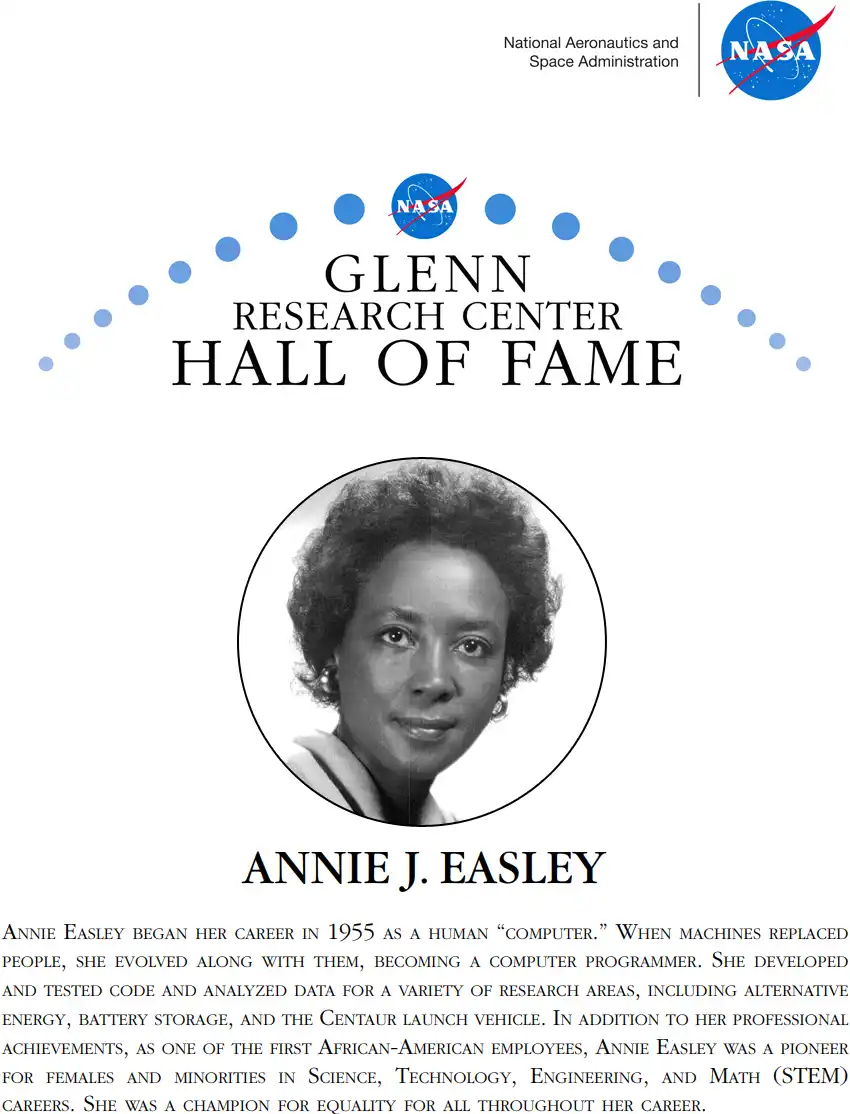
It seems likely that Katherine Johnson's achievements have been overstated. I think this is largely due to biographers taking her later-life recollections too literally and not seeking reliable primary or secondary sources to support these recollections.
Harold Beck, Ken Young and Annie Easley (all of whom are quoted in this article) were interviewed at length between 2001 and 2004 as part of NASA's Oral History Project – a program aimed at capturing and preserving the histories of employees who contributed most to NASA's Golden Age of Space exploration. Katherine Johnson wasn't interviewed.
According to available sources, it wasn't until a decade or so later that Katherine came to public attention. This was the point when, in her nineties, she began claiming to have used her desktop calculator to help send John Glenn into orbit and put Neil Armstrong on the moon.
Annie Easley has no need for an embellished biography. She was a remarkable, multi-talented woman whose achievements are easily verified. Unlike Katherine Johnson she never received the Presidential Medal of Freedom from Barack Obama, but at least she got the recognition she deserved from people she actually worked with.